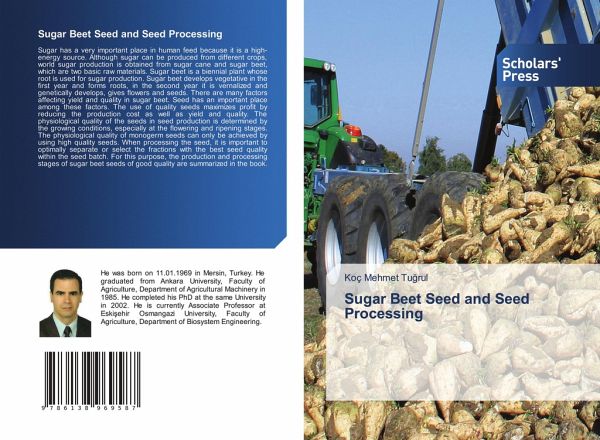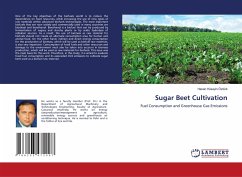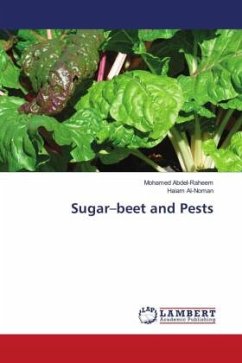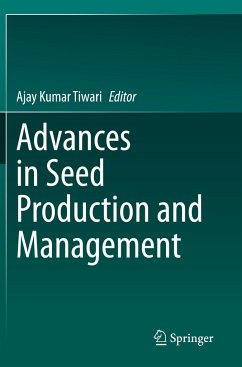
Sugar Beet Seed and Seed Processing
Versandkostenfrei!
Versandfertig in 6-10 Tagen
34,99 €
inkl. MwSt.

PAYBACK Punkte
17 °P sammeln!
Sugar has a very important place in human feed because it is a high-energy source. Although sugar can be produced from different crops, world sugar production is obtained from sugar cane and sugar beet, which are two basic raw materials. Sugar beet is a biennial plant whose root is used for sugar production. Sugar beet develops vegetative in the first year and forms roots, in the second year it is vernalized and genetically develops, gives flowers and seeds. There are many factors affecting yield and quality in sugar beet. Seed has an important place among these factors. The use of quality see...
Sugar has a very important place in human feed because it is a high-energy source. Although sugar can be produced from different crops, world sugar production is obtained from sugar cane and sugar beet, which are two basic raw materials. Sugar beet is a biennial plant whose root is used for sugar production. Sugar beet develops vegetative in the first year and forms roots, in the second year it is vernalized and genetically develops, gives flowers and seeds. There are many factors affecting yield and quality in sugar beet. Seed has an important place among these factors. The use of quality seeds maximizes profit by reducing the production cost as well as yield and quality. The physiological quality of the seeds in seed production is determined by the growing conditions, especially at the flowering and ripening stages. The physiological quality of monogerm seeds can only be achieved by using high quality seeds. When processing the seed, it is important to optimally separate or select the fractions with the best seed quality within the seed batch. For this purpose, the production and processing stages of sugar beet seeds of good quality are summarized in the book.












